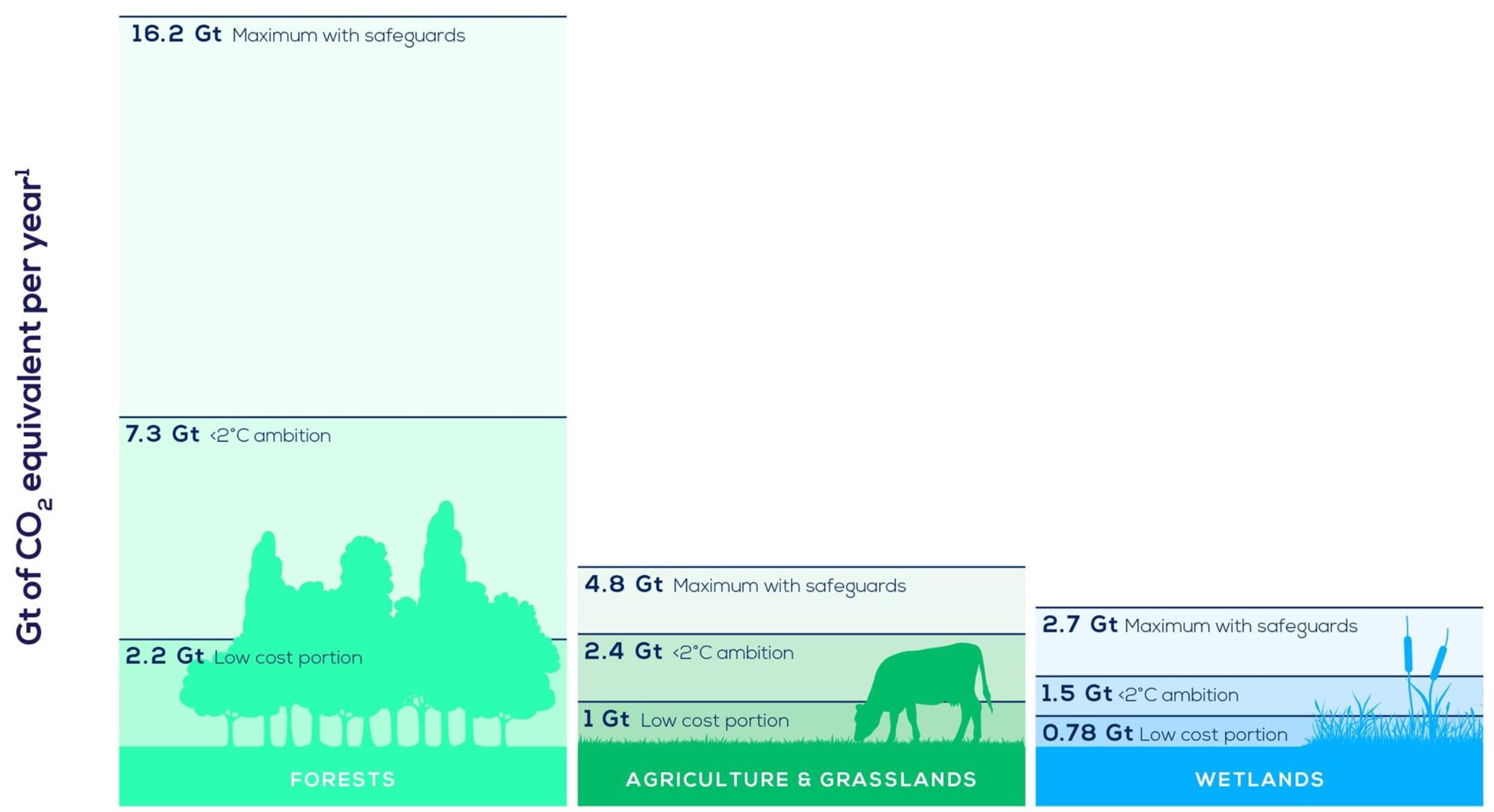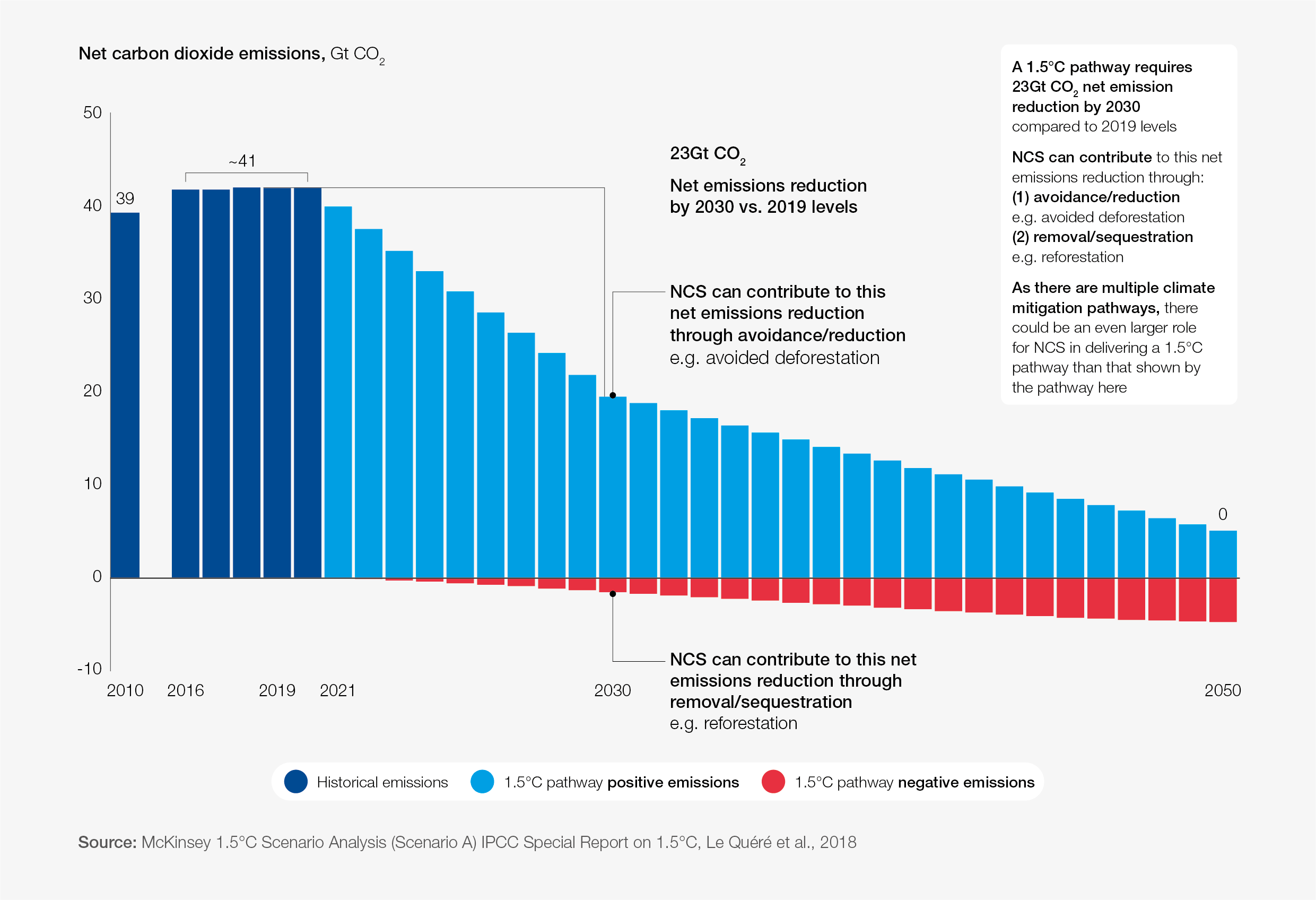Animal-free offerings are down, but not out
Next-gen materials continue to generate buzz and interest throughout the fashion world and beyond.
Image: REUTERS/Annegret Hilse
Stay up to date:
Advanced Materials
- Investments in next-gen materials - defined as animal-free and environmentally preferable alternatives to animal-based materials - dropped by more than half to $457 million in 2022.
- Yet next-gen materials continue to generate buzz and interest throughout the fashion world and beyond.
- Here, a circular economy expert dives into an annual report about next-gen materials to see what's going on.
Seven cantering horses stole headlines and hearts two weeks ago at Paris Fashion week, making their modeling debut alongside Stella McCartney’s newest line. Beyond offering a unique visual backdrop for the equestrian-inspired collection, the horses’ presence drew stark contrast to the animal-free offerings that stomped the runway.
Instead, McCartney’s collection leveraged next-generation leather alternatives sourced from things such as mushrooms, grapes and apples. As the British designer rather provocatively put it, "My clothes haven’t killed anything," or at least, any animals.
As an investor and partner of Bolt Threads — an Emeryville, California, company that creates leather and silk alternatives with mycelium and precision fermentation technologies — McCartney’s nod to material innovations was a fitting reminder that these next-generation materials can still garner significant attention.
But this moment feels incongruous juxtaposed with the significant drop in investments that next-generation textile startups saw last year.
What’s in a report?
Investments in next-gen materials — defined as animal-free and environmentally preferable alternatives to animal-based leather, silk, fur, down, wool and exotic skins — dropped by more than half to $457 million in 2022. This significant decrease had many headlines raising red flags.
Yet next-gen materials continue to generate buzz and interest throughout the fashion world and beyond. What are we to make of this?
To find answers, I dove into the annual state-of-the-industry report about next-gen materials written by Material Innovation Initiative (MII), a nonprofit think tank focused on research, knowledge-sharing and fostering connections to advance the "next-gen materials revolution."
Here’s what I uncovered:
1. Investments are down, but the industry isn’t out
As the report notes, 2021 represented an "unprecedented spike in capital investment," while 2022 was more financially volatile and challenging for nearly every industry — next-gen materials included.
The drop to $457 million in investments can likely be attributed to the macroeconomic climate, and it still represents a significant jump from the $288 million invested in 2020 — a 158 percent increase, to be exact.
When taking the long view, the capital invested, number of deals and number of innovators entering the space — now totaling more than 100 — all point towards "upward momentum." MII’s executives predict "broader adoption," "more notable investments" and "more meaningful, sizable collections" as these innovations move "from hype to normal" in the coming years.
2. Fears of greenwashing could hinder this nascent industry
Beyond being financially fraught, 2022 was a year of reckoning for the fashion industry filled with accusations of greenwashing and associated legal challenges.
Material innovators face the same headwinds: As Pari Trivedi, chief communication officer at MII, put it, "With the new wave of sustainability legislation, the media will have a sharper focus on the next-gen materials industry’s claims on sustainability. All claims, from biodegradability to circularity, will be tested for greenwashing."
Given the outsized impact of material production and preparation — representing 65 percent of climate impacts across the fashion life cycle, according to MII — material innovation holds significant importance and promise in efforts to make fashion sustainable. But it is essential not to synonymize material innovations with silver-bullet sustainability, particularly as they evolve and scale.
What is the World Economic Forum doing on natural climate solutions?
"Unrealistic expectations will impede the successful development and adoption of emerging solutions… Performance and aesthetics are absolute requirements for next-gen products, and meeting them may require sacrifices in certain areas of sustainability [in the short term. In the meantime] we should not expect next-gen innovators to single-handedly solve the vast challenges of disrupting the global textiles, chemicals and additives markets," noted Sydney Gladman, chief science officer at MII.
We can’t let perfect be the enemy of the good, and we can’t let fears of greenwashing hinder investment and adoption of promising material innovations. After all, as Gladman added, "There is no such thing as a ‘perfectly sustainable’ material or product."
3. The food industry’s alternative proteins market could offer hints as to where we’re heading
MII sees the period we’re going through in next-gen materials as analogous to the alternative proteins industry — arguing it’s roughly five to 10 years behind that sector.
The comparison seems an apt one: Both industries are working to create more environmentally sound, animal-free alternatives to animal-based products. Both leverage similar source materials, including many plant-based entrants, and technologies such as precision fermentation. Both fields have seen a tremendous rise in investment over the last five years, in spite of a drop in dollars committed in 2022. And both industries are racing to scale and meet price parity with their more commonly consumed, animal-based alternatives.
While the alternative proteins market saw some stagnation in 2022, my colleague Theresa Lieb proclaimed the industry a top trend to watch in the 2023 State of Green Business report.
But as Lieb notes, "The industry can’t prove that it has saved a single animal or avoided notable carbon emissions," because alternative meats aren't replacing meat products in the grocery aisles, they’re just adding to the variety of options available. Much the same could be said for next-generation textiles.
Lieb believes comparable quality, perception and price is needed for alternative proteins to go mainstream and "fulfill their promise" of sustainability.
When it comes to next-gen materials, parity in price and quality are also essential. The good news is, they have one less hurdle to clear. If press coverage is any indicator, they already enjoy stellar perception.
A tall order…
"Material innovators face the challenge of delivering materials that compare to or exceed that of their conventional counterparts while also being more sustainable," MII’s report notes. All while developing and scaling new technologies, battling greenwashing and facing down incumbents whose externalities are not factored in their costs.
It’s a tall bar to clear.
Back in 2021 when I first covered this industry, I said I’d keep my eye out for increased investments to bring promising innovations to scale, new inventions and entrants that expand the solutions’ landscape, and brands that leverage these materials more holistically — rather than stealing headlines with one-off products unlikely to offset the use of less sustainable materials.
Two years later, I’m still looking.
Accept our marketing cookies to access this content.
These cookies are currently disabled in your browser.
Don't miss any update on this topic
Create a free account and access your personalized content collection with our latest publications and analyses.
License and Republishing
World Economic Forum articles may be republished in accordance with the Creative Commons Attribution-NonCommercial-NoDerivatives 4.0 International Public License, and in accordance with our Terms of Use.
The views expressed in this article are those of the author alone and not the World Economic Forum.
Forum Stories newsletter
Bringing you weekly curated insights and analysis on the global issues that matter.
More on Sustainable DevelopmentSee all
Naoko Tochibayashi and Mizuho Ota
May 13, 2025
Rya G. Kuewor
May 13, 2025
Tea Trumbic and Dhivya O’Connor
May 13, 2025
Tejashree Joshi
May 8, 2025
Gaurav Ghewade
May 6, 2025






